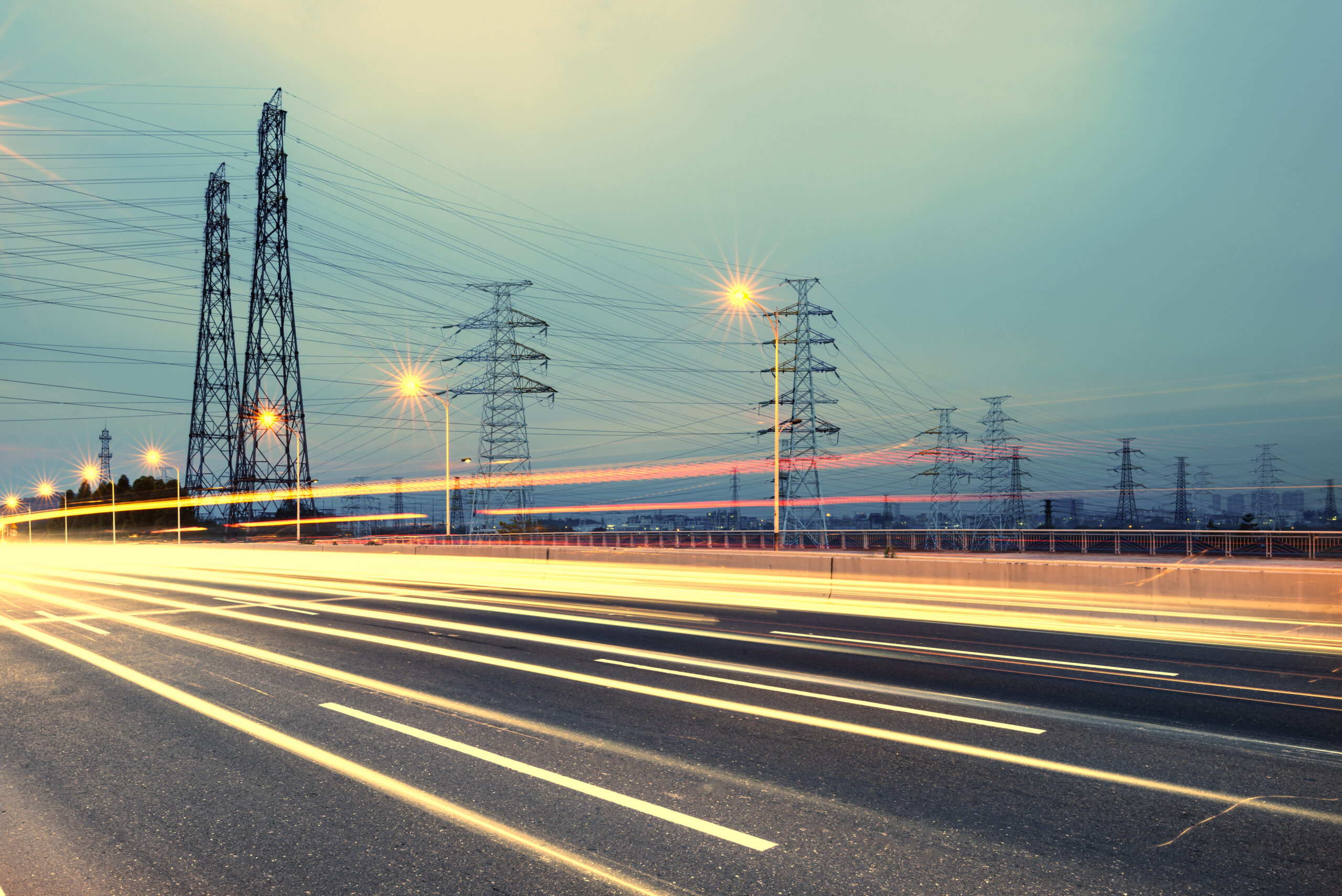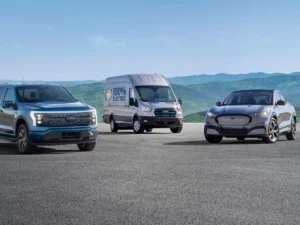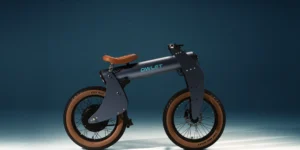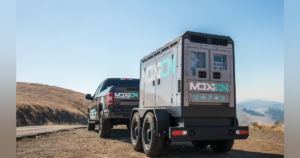Working with utilities is important when transitioning to fleet electrification. Most companies start with what they know best—the vehicles. After selecting the right vehicles, the focus usually shifts to choosing charging stations and planning the site’s design and engineering to be ready when the new EVs arrive.
However, one critical mistake that fleets often make is involving the utility company too late in the process. Many assume that since power is already on-site, there must be enough capacity to support the new chargers. While this may be true for small installations of Level 2 (L2) chargers, fleets planning larger deployments or those requiring Direct Current Fast Charging (DCFC) will likely find that existing power is insufficient for their needs.
Whether installing L2 chargers using existing site power or setting up a new service. It’s essential to involve your local electric utility early in the process. Engaging the utility early can save time. And also reduce frustration by ensuring your site has the necessary power to support your electrification goals.
Working with Utilities: Key Information to Provide
When working with utilities, it’s crucial to share specific details as early as possible to obtain an accurate timeline for deployment. Below is a list of important information to provide:
Location: Specify the exact location where the chargers will be installed. Highlighting their placement within a parking lot or on-site helps the utility understand where power needs to be routed.
Current Utility Asset Information: Identify the relevant meter number that serves your building or property, especially in sites with multiple tenants or meters. Meter numbers are typically found on the meter attached to your electrical panel.
Charger Type, Size, and Quantity: Share details such as “5 Level 2 chargers at 9.2 kW each” or “10 DCFC units at 150 kW each” to help the utility assess the expected load increase. We’re here to help you pick out chargers too. Check out our charger selection, or contact us to set up a meeting to discuss.
One-Line Diagram: If available, provide a one-line diagram of your planned deployment. While this may not be accessible at the start, having it later will greatly assist the utility in understanding your setup.
Why Early Utility Engagement Matters
Providing this information early helps ensure a smoother project process. Here’s why contacting your utility at the start of your electrification journey is essential:
Power Upgrades Take Time: Establishing a new service can take 12-18 months on average. If you wait to engage the utility until after purchasing vehicles, you risk having EVs without the power needed to charge them.
Budgeting for Utility Costs: Utility upgrades can incur significant costs. If you delay notifying your utility, these expenses may not be accounted for in your initial capital budget, impacting your financial planning.
Access to EV Program Funds: Many utilities offer programs to support EV and charging infrastructure deployment. Engaging early allows fleet operators to explore available incentives and plan according to the timelines of these programs.
Conclusion
Remembering to include the utility in your fleet’s electrification journey is a crucial step. Utilities can be valuable partners, offering guidance and resources that can significantly ease the transition to electric vehicles. By involving them early, you set your fleet up for a more efficient and successful move toward electrification.
__
Written by John Lanham
September 2024




